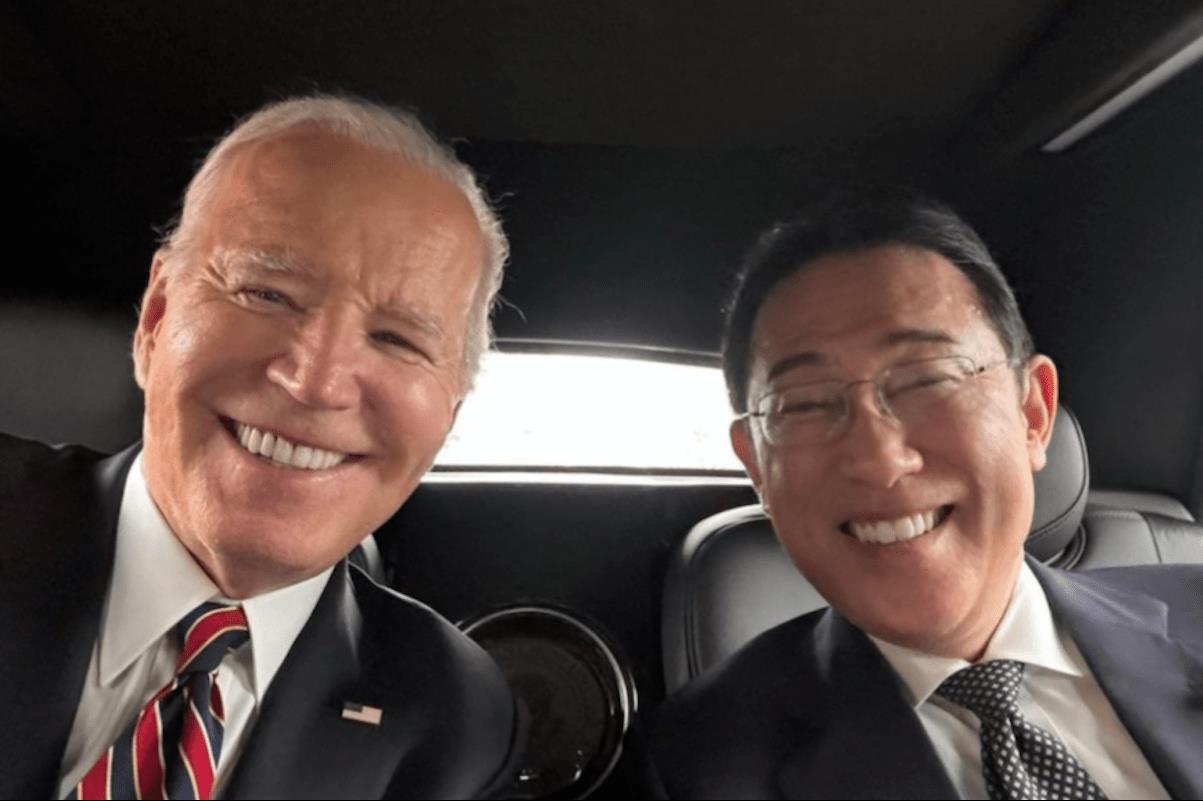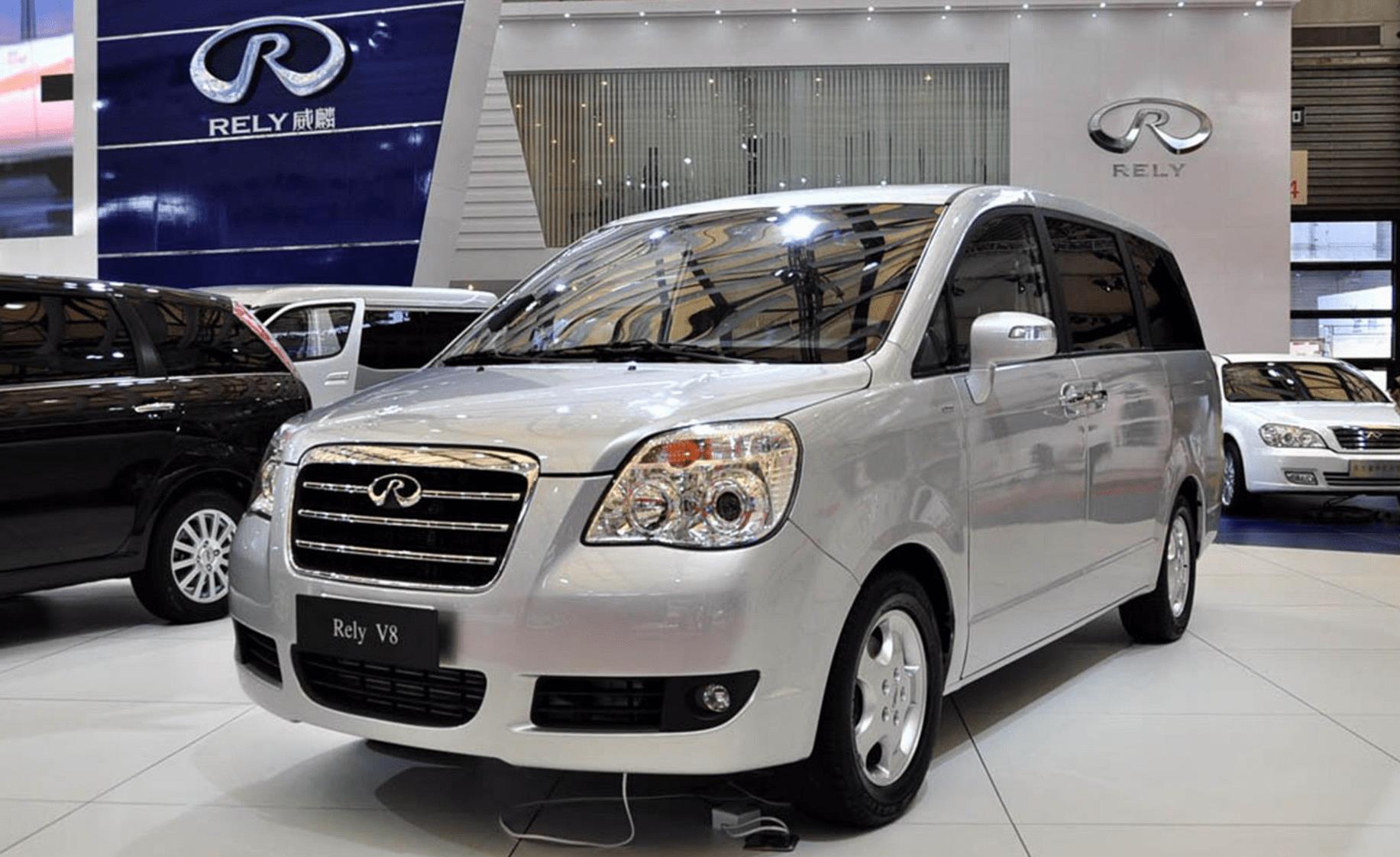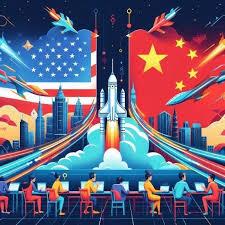(MENAFN- Asia Times) The US-China tech competition is unlikely to slow down in the near term, particularly with the arrival of rapidly maturing commercial artificial intelligence. Though not without risk , even the most nascent AI applications hold significant promise for countries able to effectively develop and integrate their potential to support national goals.
A major factor in a country's ability to harness AI is its human capital. The abundance of a highly skilled AI-relevant labor force will increasingly serve as a major determinant in the US-China tech competition. Whichever country hosts the leading minds on AI will enjoy a critical first-mover advantage in defining the direction of the emerging AI-integrated global economy.
Despite the high stakes of ongoing tech competition, recent diplomatic overtures between the two sides indicate a shared appetite for peaceful rivalry.
The legacy US-China Science and Technology Agreement was extended , though temporarily, in early March. Less than two months earlier, a readout of a late January meeting between US National Security Advisor Jake Sullivan and PRC Foreign Minister Wang Yi in Bangkok stressed the need to avoid“veering into conflict or confrontation” in all domains of the relationship.
A nod to an anticipated spring 2024 bilateral on AI further indicates Washington and Beijing's mutual willingness to impose guardrails on a fast-moving industry integral to the national interests of both. Yet, even with signs of limited rapprochement between the two, the perceived existential urgency characterizing the great power tech competition remains high among decision-makers in both countries.
Part of the anxiety stems from fear regarding the weakened post-pandemic global economy, which – although steadily improving – still exists as a reminder of the uphill battle for economic growth faced worldwide.
In a January 2024 report, the IMF raised its forecast for world GDP output in 2024 to 3.1%, up from 2.9%, largely due to the better-than-expected performance of the US and Chinese economies. Accordingly, both the US and China saw improved growth outlooks, with increases to 2.1% from 1.5% and 4.6% from 4.2%, respectively.
Latest stories

Kishida goes all-in on partnership with the US

Chinese firms to assemble EVs in Europe, duck tariffs

Iran's tactical fail leaves a way out of all-out war However, several notable challenges remain for Beijing and Washington – to differing degrees – as they attempt to revive and sustain increased growth, including but not limited to: high inflation, high unemployment, low consumer spending, and low investor confidence.
The record high reached by China's latest debt-to-GDP ratio, coupled with record low inflows of foreign direct investment, are increasingly worrying variables that are pushing Chinese leadership to go all-in on investment in AI and other emerging technologies as a hoped-for long-term economic offset.
Within this context, the speed with which major economies have been willing to adopt and adapt to integrated AI systems across public and private institutions, companies and organizations appears primarily strategy-driven. To be a late adopter is to be left behind – and, with a technology that enjoys major advances every few months, there is minimal room for delay.

AI-Generated Image: Microsoft Bing Image Creator from Designer, January 28, 2024The business use case has already proven the profitable nature of early adoption, despite the limitations present in today's nascent models. In McKinsey's 2023 Global Survey, organizations that had incorporated AI were already reaping a fifth of their gross earnings directly from the technology. These results are unsurprising given the numerous ways in which AI can enhance commercial operations , such as optimizing pricing and workforce capabilities, identifying previously overlooked markets or niches and transforming traditional predictive planning and risk mitigation, among other complex and historically time-intensive analyses.
The McKinsey report also indicated that companies that are early adopters of AI technologies have continued hiringboth for legacy roles (such as broad-purpose software engineers) and for increasingly specialized roles (such as generative AI prompt engineers). Such companies expressed an additional expectation to invest significantly in reskilling their existing workforce to address the evolving needs of the industry going forward.
On top of these initiatives taking place within the private sector, US policymakers have made strides toward cultivating a homegrown AI-ready workforce via the landmark Creating Helpful Incentives to Produce Semiconductors (CHIPS) and Science Act and the Executive Order on the Safe, Secure, and Trustworthy Development and Use of Artificial Intelligence.
However, to bear fruit, both private and public sector planning for integrating AI skillsets requires a crucial ingredient: time. Easing the path for highly skilled relevant foreign experts to remain in the US and contribute to the AI industry would allow for the time necessary to develop local field-relevant talent.
To capture and preserve a meaningful lead in tech competition with China in the short term, the US must first revamp the aging H1-B temporary visa regime to allow highly educated and skilled foreigners to fill positions most relevant to the development of AI.
According to the latest statistics by the American Immigration Council, the Congress-approved cap of individuals able to obtain H1-B visas has remained the same since 2006: 65,000 entries, plus an additional 20,000 for graduates from US master's and doctoral degree programs.

Sign up for one of our free newsletters The Daily ReportStart your day right with Asia Times' top stories AT Weekly ReportA weekly roundup of Asia Times' most-read stories
Beyond the strict cap, the H1-B process is known to be extremely costly for applicants and the companies willing to sponsor them, with costs increasing due to inflation. In October 2023, the U.S. Department of Homeland Security and US Citizen and Immigration Services proposed changes to modernize and improve the efficiency of the H1-B process, but the suggested amendments do not address the harmful nature that strict caps have on U.S. national security imperatives.
With a rich stream of foreigners coming to study advanced technology-related degrees at its internationally recognized elite education institutions, Washington possesses a decisive advantage that Beijing lacks .
The time is now for Congress to make substantive improvements to the entry process for individuals who want to work in the US and contribute to its vision of global AI leadership. Raising the cap of allotted visas would be a crucial first step; different caps could be introduced for positions of particular national importance if a comprehensive revamp of the nonimmigrant visa should prove unpopular as a bipartisan issue.
Amending the H1-B visa process would not, of course, guarantee a permanent lead for the US over China in the wider tech competition; but it would provide a meaningful benefit that would allow the US to maintain competitive momentum as it seeks to educate a complementary homegrown workforce over the next decade and beyond.
Tabatha T. Anderson (... ) is a master's student in international cyber policy at Stanford University and a geopolitical analyst at a cybersecurity firm. She has been a Pacific Forum Young Leader since 2023.
This article, reflecting on the workshop“Techno-Optimism, Geopolitics, and the Future of AI” convened by the Center for Global Security Research (CGSR) at Lawrence Livermore National Laboratory (LLNL) on January 17-18, 2024, was originally published by Pacific Forum . It is republished with permission.
Already have an account?Sign in Sign up here to comment on Asia Times stories OR Thank you for registering!
An account was already registered with this email. Please check your inbox for an authentication link.
MENAFN15042024000159011032ID1108097782
Legal Disclaimer:
MENAFN provides the information “as is” without warranty of any kind. We do not accept any responsibility or liability for the accuracy, content, images, videos, licenses, completeness, legality, or reliability of the information contained in this article. If you have any complaints or copyright issues related to this article, kindly contact the provider above.